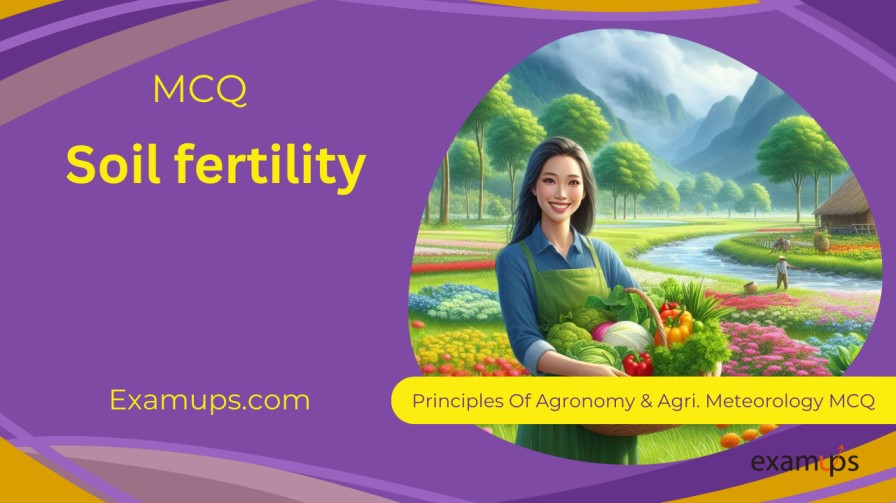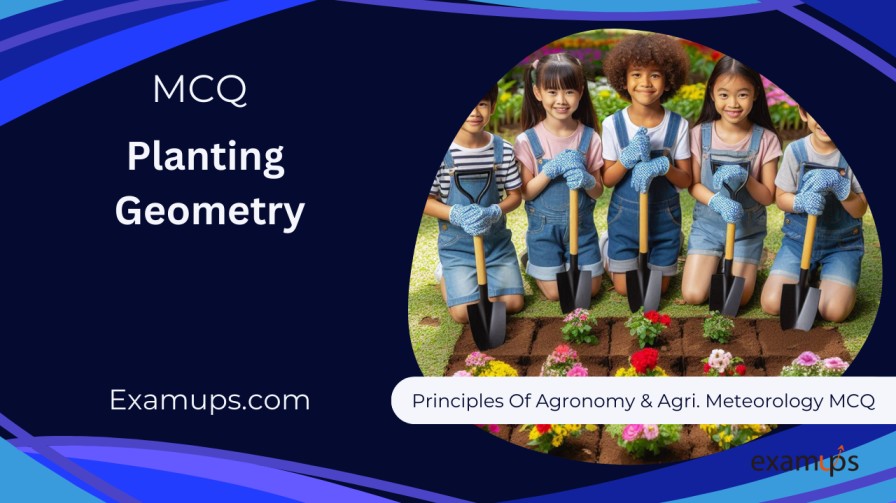MCQs on Soil fertilityMCQs on Soil fertility
MCQs on Soil fertility like ICAR-JEF, ICAR-SRF, ICAR-NET, IBPS-AFO/SO, Pre-PG, BHU Pre-PG, IFFCO-AGT, CCI, FCI, B.sc, M.sc, etc. Question 1: What is the term for the inherent capacity of the

10 Full-Length Mock Tests 19 Topic-Wise Mock TestsPDF Study Notes

✅ 500+ Total Tests📝 100 Questions/Test 📝 50000 Questions/Test

🔹 10 Full-Length Mock Tests (150 Questions/Test)🔹 20 Sectional-Wise Mock Tests (50 + 100 Questions/Test)🔹 15 Chapter-Wise Mock Tests (50 Questions/Test)

✅ 23 Topic-wise Mock Tests✅ 100 MCQs per Test✅ Detailed Explanations for Every Question✅ Unlimited Attempts with Performance Tracking✅ Latest Pattern Questions for Competitive Exams

50 Total Topic-wise Mock Tests,14 Subject-wise Mock Test Series,100 Questions/Test,5000 Total Questions,

-> Total 100,000 MCQ's-> 1000 Topics-wise MCQ-> 16 Subjects-> 54 E-Books-> Downloadable PDF

MCQs on Soil fertility like ICAR-JEF, ICAR-SRF, ICAR-NET, IBPS-AFO/SO, Pre-PG, BHU Pre-PG, IFFCO-AGT, CCI, FCI, B.sc, M.sc, etc. Question 1: What is the term for the inherent capacity of the

MCQs on Planting Geometry like ICAR-JEF, ICAR-SRF, ICAR-NET, IBPS-AFO/SO, Pre-PG, BHU Pre-PG, IFFCO-AGT, CCI, FCI, B.sc, M.sc, etc. Multiple-Choice Questions on Planting Geometry 1. What is competition in the context